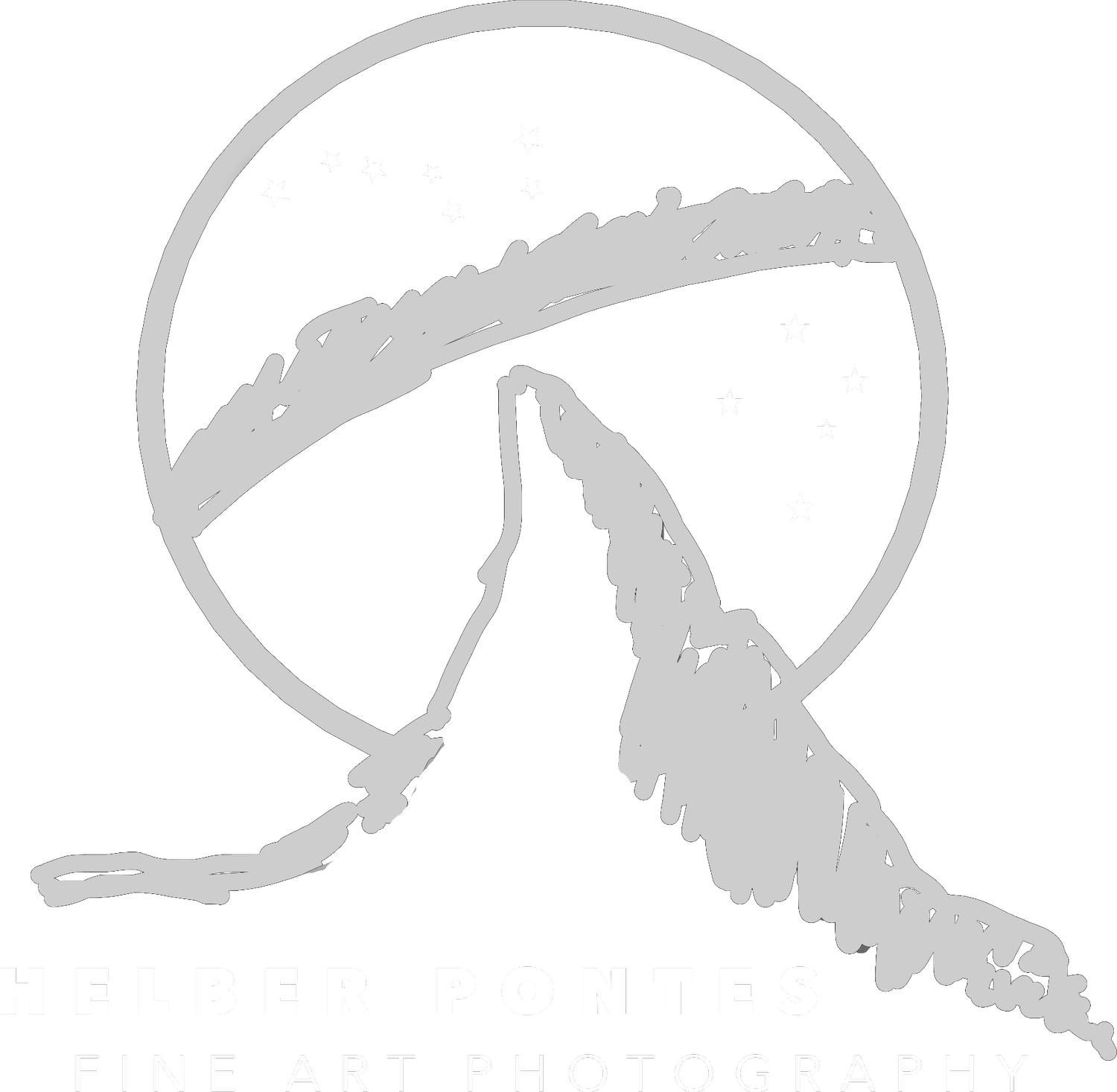Andromeda Galaxy
The Andromeda Galaxy, also known as Messier 31, M31, or NGC 224 and originally the Andromeda Nebula, is a barred spiral galaxy approximately 2.5 million light-years (770 kiloparsecs) from Earth and the nearest large galaxy to the Milky Way. The galaxy's name stems from the area of Earth's sky in which it appears, the constellation of Andromeda, which itself is named after the Ethiopian (or Phoenician) princess who was the wife of Perseus in Greek mythology.
The virial mass of the Andromeda Galaxy is of the same order of magnitude as that of the Milky Way, at 1 trillion solar masses (2.0×1042 kilograms). The mass of either galaxy is difficult to estimate with any accuracy, but it was long thought that the Andromeda Galaxy is more massive than the Milky Way by a margin of some 25% to 50%. This has been called into question by a 2018 study that cited a lower estimate on the mass of the Andromeda Galaxy, combined with preliminary reports on a 2019 study estimating a higher mass of the Milky Way. The Andromeda Galaxy has a diameter of about 220,000 ly (67 kpc), making it the largest member of the Local Group in terms of extension.
The number of stars contained in the Andromeda Galaxy is estimated at one trillion (1×1012), or roughly twice the number estimated for the Milky Way.
The Milky Way and Andromeda galaxies are expected to collide in around 4-5 billion years, merging to form a giant elliptical galaxy or a large lenticular galaxy. With an apparent magnitude of 3.4, the Andromeda Galaxy is among the brightest of the Messier objects, making it visible to the naked eye from Earth on moonless nights, even when viewed from areas with moderate light pollution.
Images Details
📷 Exposure: (HaLRGB)
Hα, bin 1, 20x 300s
L, bin 1, 20x 30s + 20x 90s + 20x 180s + 20x 240s
R, bin 1, 35 x 180s
G, bin 1, 35 x 180s
B, bin1, 35 x 180s
🔭 Equipment
Mount: RainbowAstro RST-135E
Telescope: Refractor WO RedCat, f/4.9, ouverture 51mm, 250mm focal length
Camera: QSI 6120 wsg (Sony ICX834 sensor)
Filters: 8-positions filter wheel integrated in camera
Guidescope: NA (off-axis auto guider)
Guiding camera: QHY 5-II
💻 Software:
(Windows 10) Sequence Generator Pro, PHD2,, ASCOM drivers
(Mac OSX) PixInsight
📍Location
Bright suburban light pollution, Class 6 of darkness in Bortle scale.
📷 Exposure (Hα, R, G, B)
Hα, bin 1, 80x 300s
L, bin 1, 200 X 120s
R, bin 1, 200 x 120s
G, bin 1, 200 x 120s
B, bin 1, 200 x 120s
🔭 Gear
Mount: RainbowAstro RST-150H
Telescope: Refrator William Optics 51
Camera: Atik 383L+
💻 Software:
NINA, PHD2, ASCOM drivers, PixInsight
📍Location
Bright suburban light pollution, Class 6 of darkness in Bortle scale.
